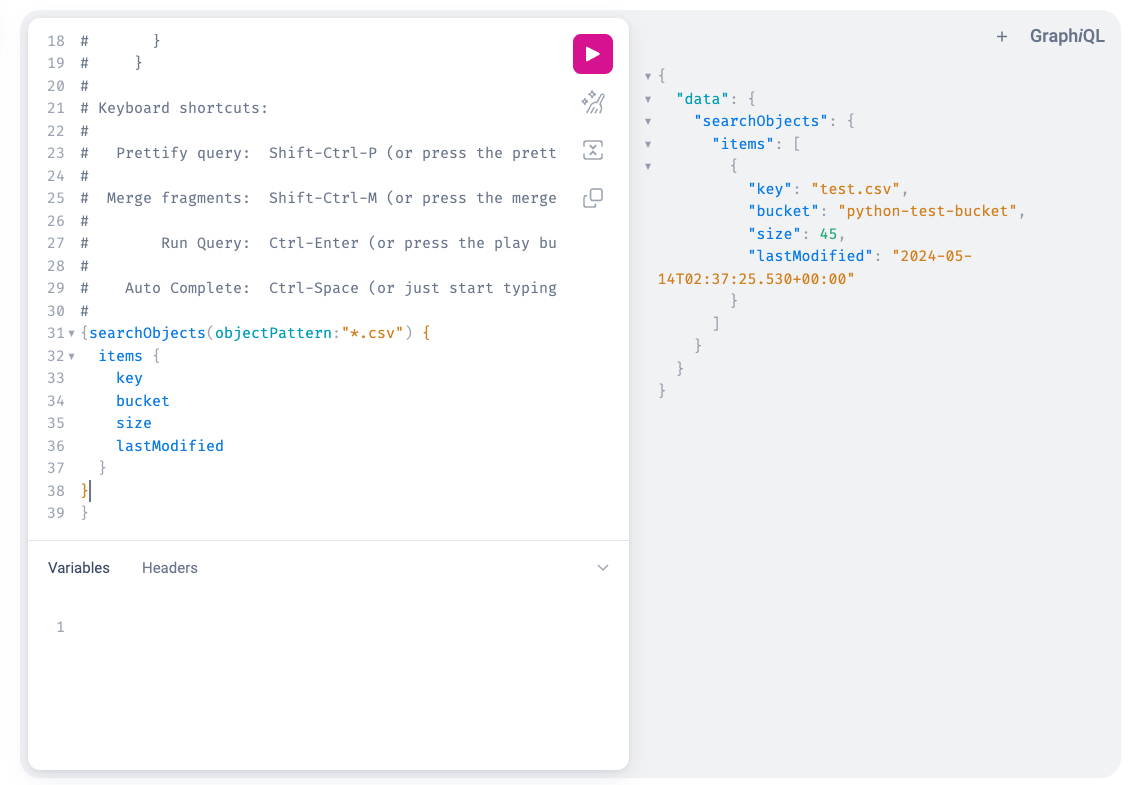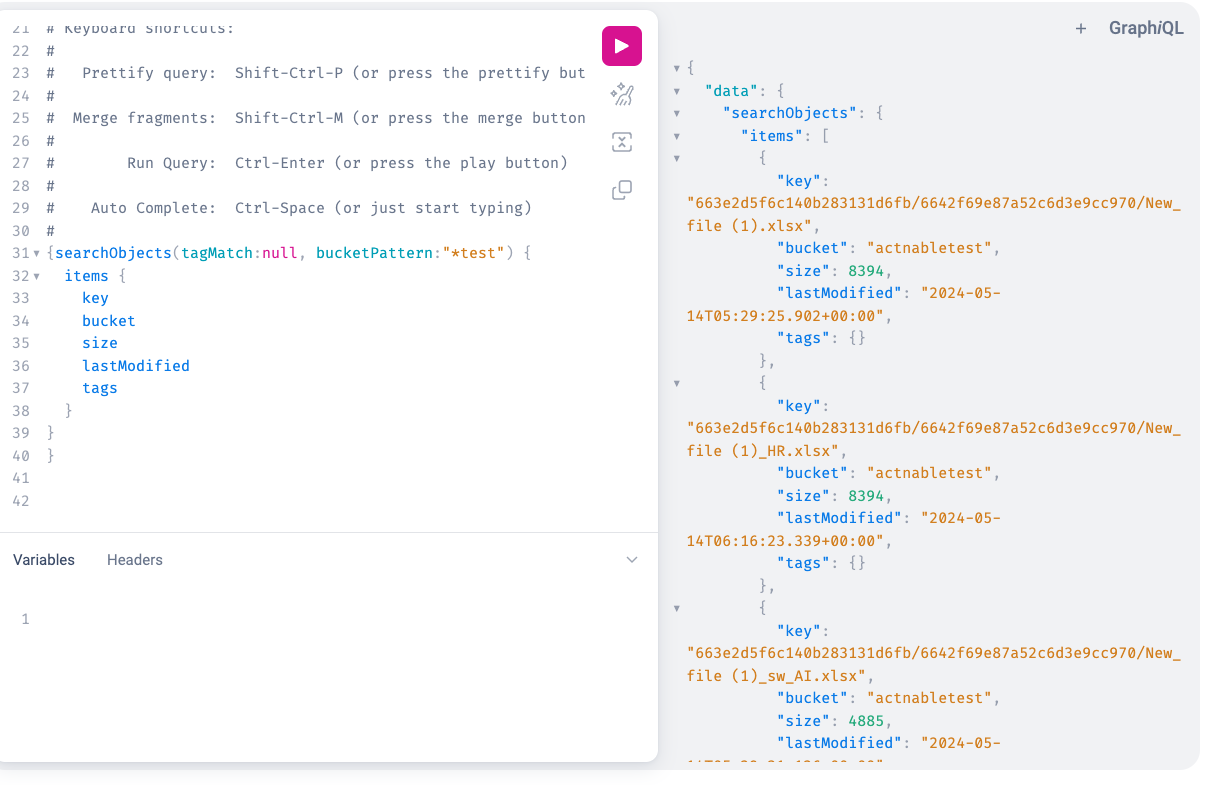Optimizing Resource Utilization with MinIO Catalog

In data management, resource optimization is not just about saving costs—it's also about maximizing efficiency and ensuring data is an asset rather than a liability. MinIO Catalog offers an advanced solution for enterprises to optimize their data storage and retrieval processes, directly impacting cost management and operational efficiency. This blog post explores how Catalog facilitates resource optimization through detailed, actionable insights into the system-generated metadata of object namespace.
The Role of MinIO Catalog in Resource Optimization
- Real-Time Data Insights: Catalog gives administrators a real-time view of their entire data landscape. By offering a powerful GraphQL interface, it allows for complex queries against metadata, enabling the extraction of precise information about the metadata of objects. This information is crucial for making informed decisions about data lifecycle management, such as purging redundant data, verifying data compliance policies and optimization efforts.
- Cost-Effective Data Management: Understanding how data is distributed across different storage tiers can lead to significant cost savings. The catalog feature aids in identifying data that could be moved to cheaper, slower storage tiers without impacting performance. Conversely, it also highlights hot data that needs to be on faster, more accessible storage to ensure performance isn't compromised.
- Enhanced Storage Provisioning: By providing detailed insights into the metadata of objects Catalog helps organizations avoid over-provisioning and under-utilization—common issues in large data environments. For example, you can query object size over time to predict growth. This optimization ensures that storage resources are appropriately allocated.
- Enhanced Data Security: By leveraging the Catalog's advanced search capabilities of object metadata, administrators can quickly locate objects containing sensitive information when implementing fine-grained access controls. These searches could include checking for appropriate tags, prefixes, creation dates, deletion status, and other key functions. Thus further optimizing resource utilization by reducing the risks and costs associated with data breaches and non-compliance penalties.
Getting Started
The GraphQL Catalog interface is straightforward and familiar. Here is how to set up and execute queries:
Specific Queries for Resource Optimization
To leverage Catalog for resource optimization, administrators can execute GraphQL queries against object namespace data. Here are examples of queries that can be particularly useful for resource utilization:
Query for Identifying Large, Old Files for Archival
{searchObjects(sizeGte:"100KB",modTimeLte:"2023-01-01T00:00:00Z") {
items {
key
bucket
size
lastModified
}
}
}
This query identifies objects larger than 100K that have not been modified since before January 1, 2023. Such files are typically candidates for archival, reducing costs associated with primary storage.

Query for Specific File Format
{searchObjects(objectPattern:"*.csv") {
items {
key
bucket
size
lastModified
}
}
}This query retrieves all objects with a `.csv` extension. It can help organizations identify objects that can be optimized into a different file format like parquet or an open table format like Iceberg, Hudi or Delta Lake. These changes can have performance implications for query engines in modern datalake architectures.

Query for Objects Missing Tags in Certain Buckets
{searchObjects(tagMatch:null, bucketPattern:"*test") {
items {
key
bucket
size
lastModified
tags
}
}
}This query identifies untagged objects in any buckets ending with test, ensuring that data is properly tagged for project management, compliance, and access control. Proper tagging is crucial for efficient resource utilization, as it directly impacts data retrieval and security protocols, helping organizations avoid data mismanagement and improve compliance.

Continue Building
MinIO Catalog is a cornerstone feature for organizations looking to optimize their object storage infrastructure intelligently. By allowing for queries to object metadata and providing real-time data insights, Catalog empowers administrators to make informed decisions that directly impact the bottom line. As data volumes continue to grow, the ability to manage resources efficiently becomes even more critical. MinIO Catalog stands out as an essential tool for modern data management strategies, ensuring that organizations can remain agile and cost-effective in their operations.
For further assistance with implementing these queries or optimizing your MinIO installation, please reach out to us at hello@min.io or engage with our community on Slack. Together we can build for the future.
